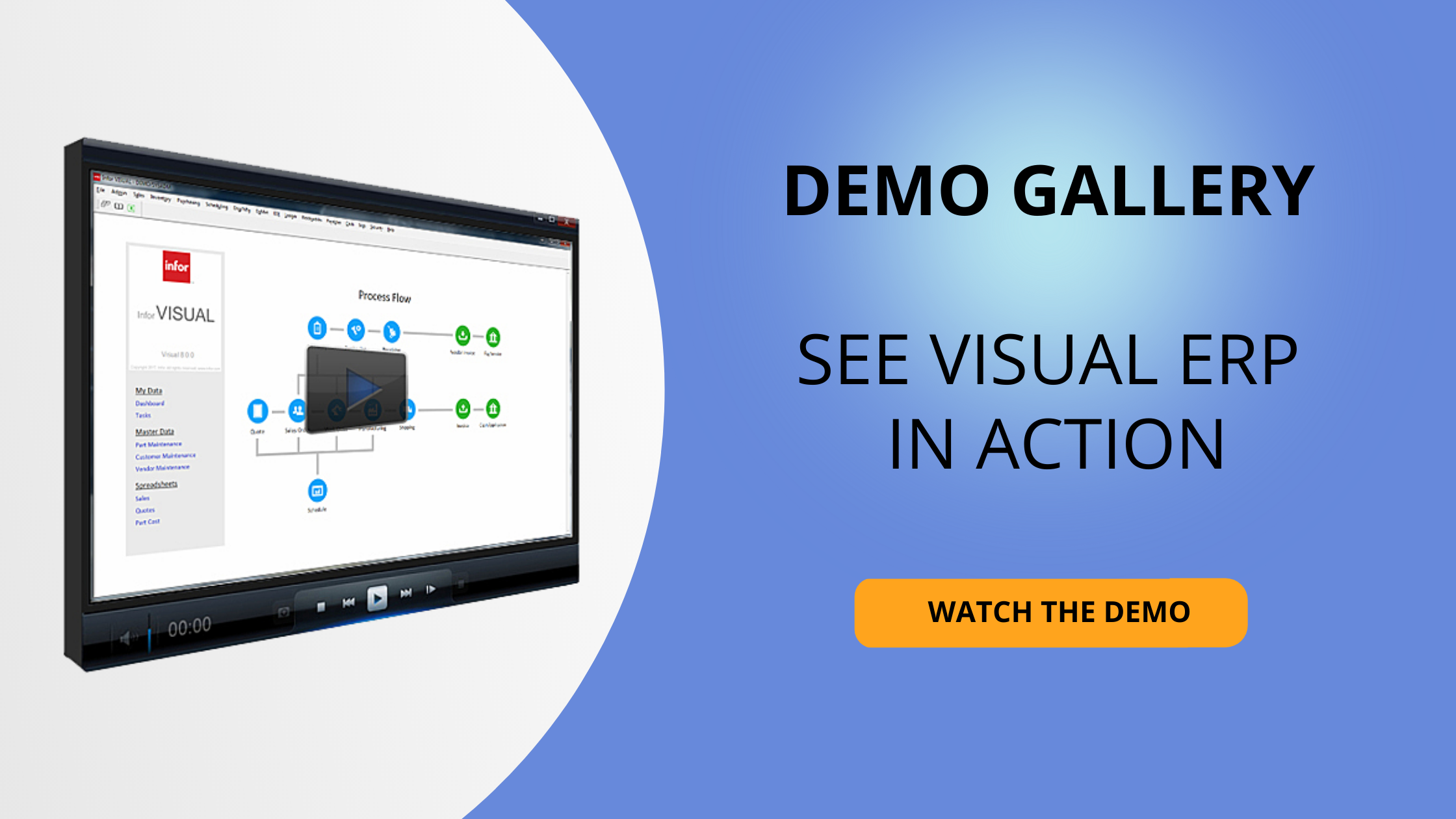What is a data migration and why is it important?
ERP data migration is a big step in the implementation process that is critical to get right. The ERP system will not function at optimal levels otherwise. Smaller start-up companies typically have less data to convert than larger businesses that have been around for decades, but data migration takes place in all implementations. So, what is it? In simple terms, it is getting the information out of the old system and putting it in the new system.
Companies doing an ERP conversion and migrating to a new platform from a legacy system want to make sure they don’t lose any data. Perhaps more importantly, they do not want to migrate “bad” data. Any ERP is only as good as the data that is in it, pure and simple. The ERP relies on accurate data to run transactions, generate reports, and give users actionable information. If the data is incorrect, the information the ERP provides will be incorrect.
Related: Manufacturing Production Process: How To Believe Your Data
Related: How to Draw Up Your ERP Data Migration Plan in 6 Steps
How is it done?
The success of the larger enterprise conversion process depends on a solid data migration strategy. Any reputable consultant should offer an ERP migration plan as part of their implementation methodology to help guide customers on the smoothest and best ways to accomplish this. For example, Visual South has an ERP data conversion plan that’s been created based on years of experience with implementations, and our professional services team spends time with our customers to make sure it is done correctly. Here is a quick summary of how we approach data migration:
The first step is to pull the data out of whatever database(s) it resides in and consolidate it somewhere it can easily be edited. Typically, this is done in Microsoft Excel. Once the data is in Excel, it needs to be cleaned by removing duplicates and obsolete data (e.g. a customer you no longer do business with, a part you no longer sell, etc.), and changed to reflect the current state (e.g. correct customer contact info, updated cost for a purchased part, etc.).
The next step after the data has been cleaned is to map the data to the new ERP system. Some mappings are straightforward because both systems have a discrete home for the same information (customer name, for example). In other cases, it is not as simple. The new ERP may have functionality that did not exist in the legacy system. These new pieces of information must be thought through, and the data must reflect those changes before it is moved over.
Data migration is also a part of a solid testing plan for an ERP conversion. When piloting and testing the new ERP, use the migrated data. Why? If there are issues with the data, you want to find that out before going live, not after!
Data migration is not limited to static data like customer records, vendor records, and parts. There is also data that is converted at go live, such as open work orders, open customer orders, inventory balances, and the like. This data is more real-time in its nature when compared to the static data, therefore it is converted right before the company goes live on the new ERP.
Related: How to Make Manufacturing Data Matter
Do it right
ERP data conversion is part of almost every implementation. It is critical that it is done correctly because the ERP (and the company using the ERP) relies heavily on the data being accurate.
If you are looking for ERP and not sure where to start, how about talking to an expert who is not a sales person? Click here to learn more about Bryan Foshee, and sign up for a free phone consultation to discuss your situation.










